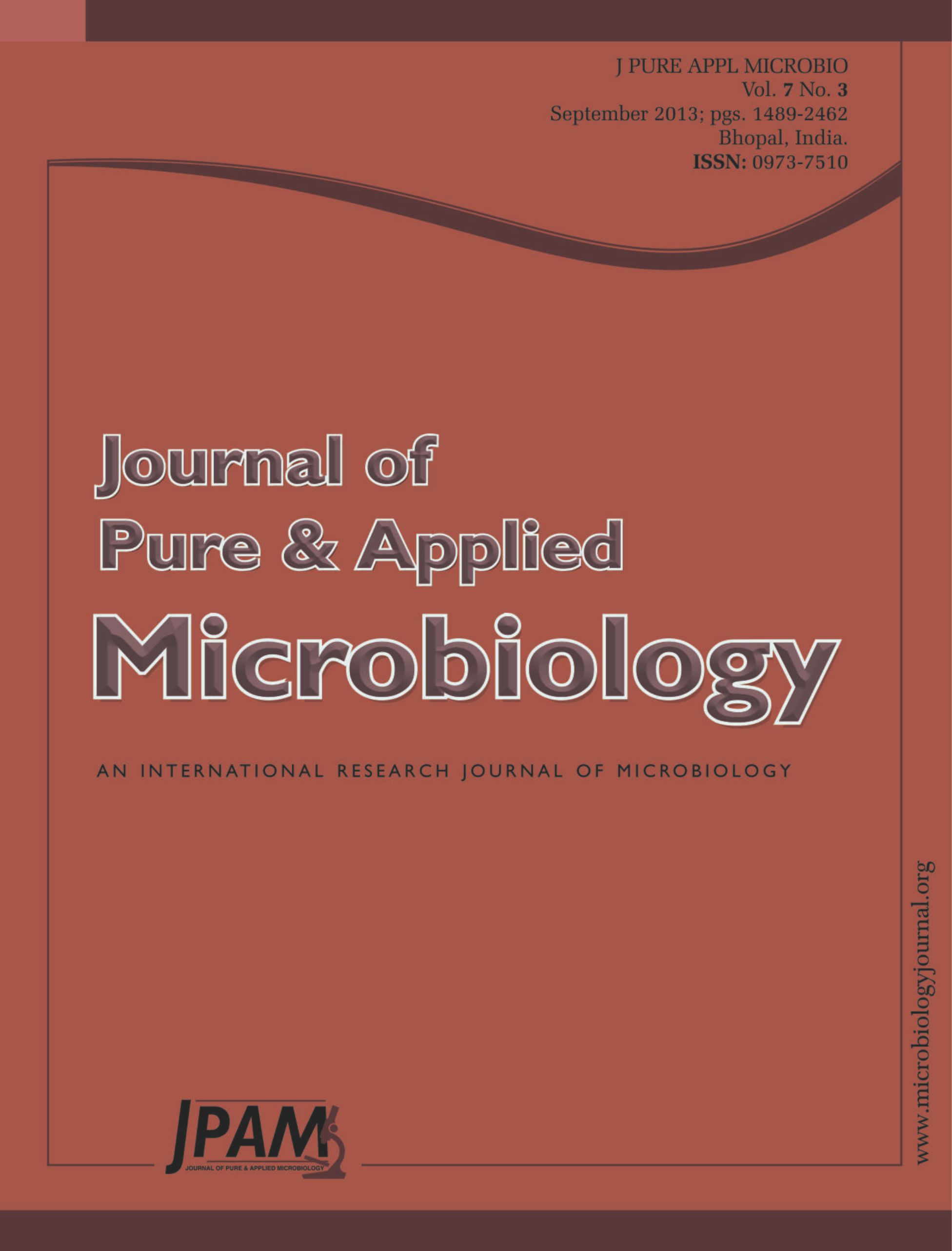In this study, different extracts of wood branches of Brachychiton diversifolius were evaluated for their antibacterial and antioxidant activities with respect to the total phenolic and flavonoid contents. The antibacterial activity was assayed against the growth of some plant and human pathogenic bacteria using the agar disc-diffusion and minimum inhibitory concentrations methods The antioxidant activity was measured by 1,1,-diphenyl-2-picryl-hydrazyl (DPPH) method. The different extracts of B. diversifolius are obtained by successive solvent extraction with methanol and its fractions; ethyl acetate, chloroform, n-butanol and aqueous. The methanol and ethyl acetate extracts showed significant effective against the tested bacteria. The wood branches methanol extract exhibited the highest amount of total phenolics (40.3±3.00 mg Tannin acid equivalents/g extract) and flavonoids (30.76±2.12 mg Catechin equivalents/g extract) and the highest total antioxidant activity (%) with 85.6±2.22%. It can be suggested that B. diversifolius is a great potential source of antibacterial and antioxidant compounds useful for pharmaceutical and plant health application. These findings provide scientific evidence to support the traditional biocide uses of these extracts and indicate a promising potential of these plants for agricultural purposes as antimicrobial agents. Thus they can be used in the treatment of infectious diseases caused by pathogenic bacteria. Further in vivo studies are necessary to substantiate our findings. More importantly there is need for detailed scientific study of traditional practices to ensure that valuable mode of action knowledge for controlling these pathogenic bacteria to provide scientific evidence for their efficacy.
Brachychiton diversifolius, wood branches, antioxidant activity, plant pathogens, antibacterial activity, total phenolics, total flavonoids
© The Author(s) 2014. Open Access. This article is distributed under the terms of the Creative Commons Attribution 4.0 International License which permits unrestricted use, sharing, distribution, and reproduction in any medium, provided you give appropriate credit to the original author(s) and the source, provide a link to the Creative Commons license, and indicate if changes were made.


